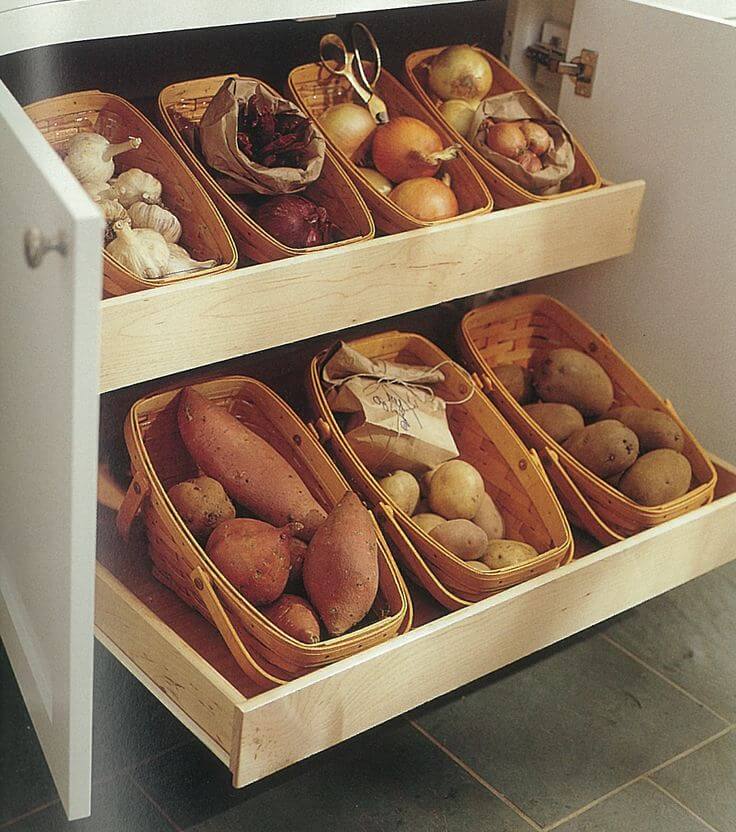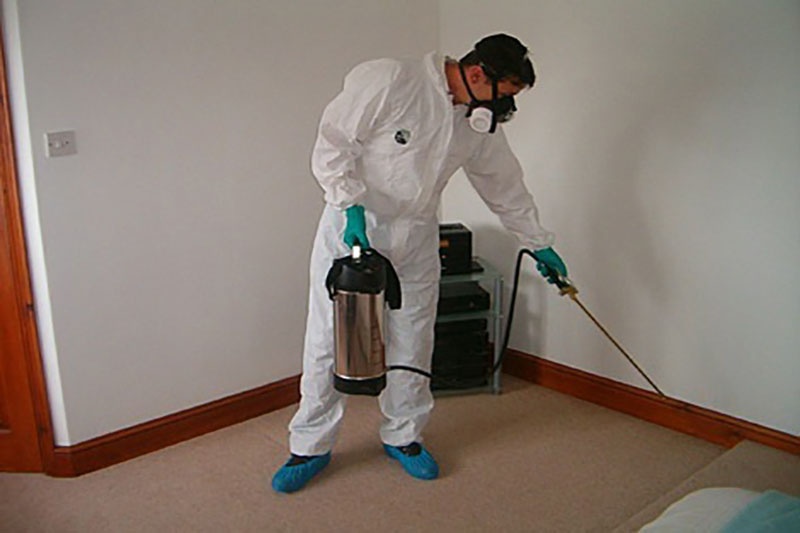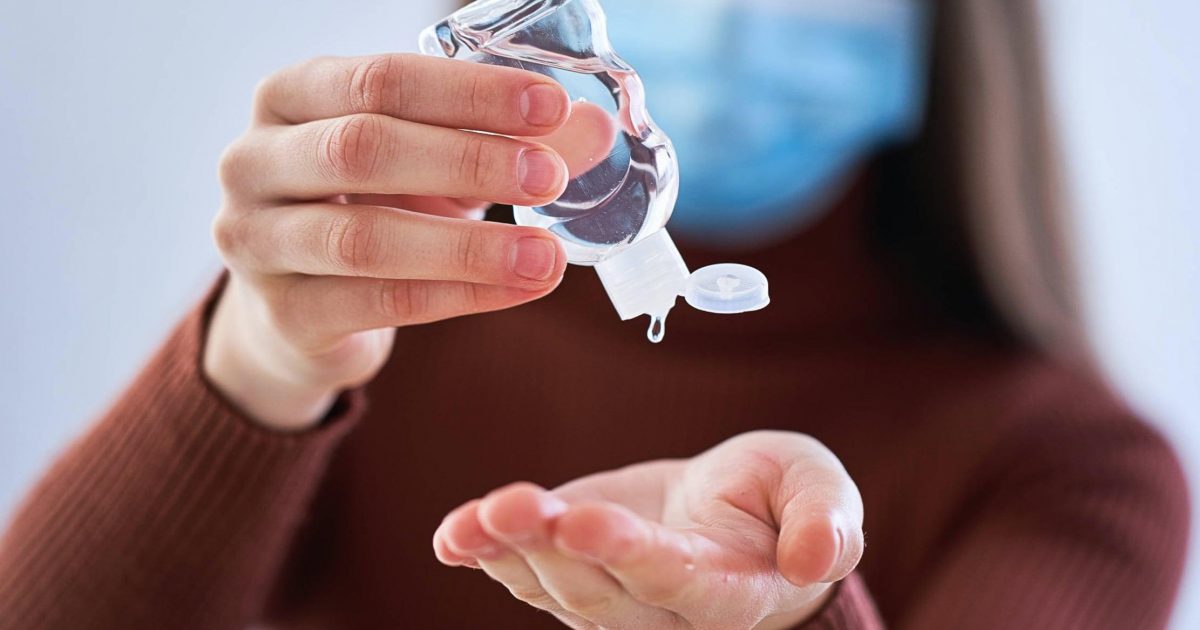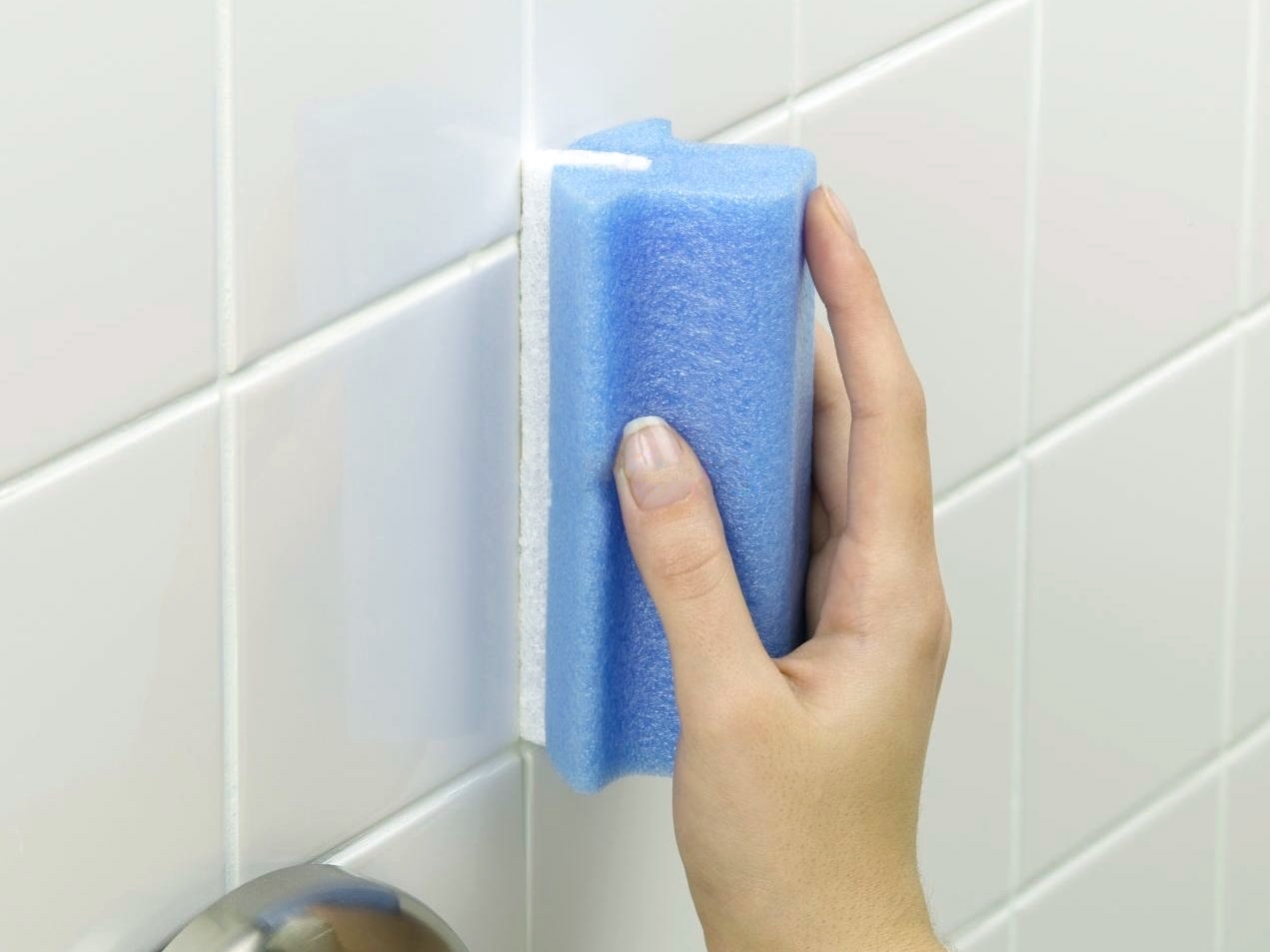The optimum ironing temperature is an important indicator to ensure long life and excellent appearance of your clothes. It allows you to iron your clothes without damaging them. The ironing temperature is set according to the type of fabric.
Deciphering the signs on the labels
Each item of clothing has a special label that indicates the care of the garment. They indicate recommendations for washing, drying, and ironing. The most important thing is to be able to decipher them.
- Figure 1: Designations of ironing modes.
- Iron. Allows you to iron the product, without any special features.
- Iron with 3 dots inside. Allowed to iron at high temperatures up to 200°C. Applicable for linen and cotton.
- Iron inside a circle. Maximum temperature 140°C. Polyester, polyacrylonitrile fabrics.
- Iron with 2 points. Temperatures up to 150°C. Used for viscose, wool, polyester, polyester, silk.
- 1-point iron. Provides for ironing at temperatures not exceeding 110 ° C. Acetate, polyamide, nylon, viscose, kapron.
- Iron crossed out. No ironing or steaming allowed.
- Iron with 1 point, steam crossed out at the bottom. No steaming allowed.
Failure to follow the recommendation on clothing labels can cause permanent damage to things.
Features of heating irons
Every housewife knows that a good iron should have the following qualities:
- Uniform heating of the soleplate;
- moderate weight;
- smooth glide.
It is very important that the set temperature for ironing fabrics on the appliance is maintained evenly over the entire surface of the soleplate. This figure depends largely on the material of manufacture. For this purpose, the following are used:
- ceramic;
- aluminum;
- steel;
- cast iron.
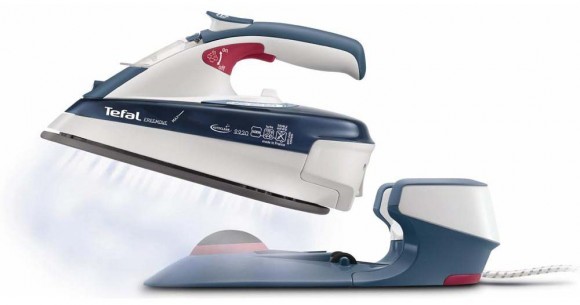
Ceramic has proven to be the best. The temperature maximum is at the center of the sole, gradually decreasing towards the edge. The approximate difference between the center and the margins is about 10 °C.
Most appliances have components such as a heating element, thermostat, signal lamp, and steam function in their design.
Each mode of operation of the iron has 3 temperature values: nominal, maximum, and minimum. The data is presented in the table.
Table 1. Values of the iron soleplate temperature at different modes
| – | — | — | |
| Maximum value, °C | 115 | 155 | 205 |
| Minimum, °C | 75 | 105 | 145 |
| Nominal, °C | 95 | 130 | 175 |
Temperature mode of ironing the main types of fabrics
Flax
Linen clothing has excellent breathability and heat conductive properties. With proper care, it retains its qualities for a long time. To ensure that linen clothing does not lose its original appearance, it requires special care.
How to iron linen properly:
- The temperature of the iron when ironing should be 180-200 ° C ( 3 points).
- Turn inside out.
- Provide moisture to the garment. It is better to treat almost immediately after washing or use a spray gun.
- Intense pressure on the iron.
- It is allowed to turn on the steam function.
For quality ironing natural linen requires high temperature and humidity. It should not be forgotten that this fabric is easily crumpled, so it will be quite difficult to achieve a perfect result.
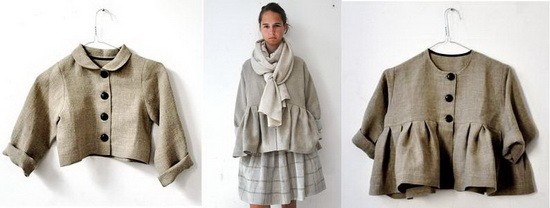
If the material has added other fibers, such as cotton, then the temperature should not be set higher than 180 ° C.
Particular attention should be paid to the presence of decorative elements. Embroidery, patterns are ironed only on the inside and only through gauze. Direct contact with the soleplate of the appliance is not allowed.
Very dense garments are ironed on both sides, but using gauze. For starchy garments, the temperature should be reduced by about 10-20°C from maximum.
Cotton
Clothing made of this material is the most popular. Cotton is a fairly dense fabric that absorbs moisture well and lets in air well. It is used for bedding, dress, shirts and many other things. To quality iron the items you should adhere to the following recommendations:
- The temperature of ironing cotton is 170-180°C.
- Do not dry completely. Work wet or with a sprayer.
- Press down hard on the iron.
- Using wet steam.

Pure cotton is quite difficult to iron. The process requires a high temperature and strong pressure. If the garment contains an addition in the form of polyester, the heat of the soleplate must be reduced to 110 ° C.
Items without drawings and embroidery are processed from the outside, if there are decorative elements or paints, the garment should be turned inside out. For maximum effect, follow the recommendations indicated on the label of the garment.
Silk
Silk is a delicate material that requires gentle care. It dries quickly and has a delicate texture. The fabric is very sensitive to external influences, so you need to know the main rules how to iron silk.
Rules:
- Silk ironing temperature 60-80 °C (one dot or corresponding inscription on the device panel).
- Do not use steam. It may leave hard to remove streaks.
- Use a thin cloth, but not gauze. It also leaves streaks on the silk. In this case it is acceptable to increase the temperature by 10-20 .
- The direction of motion is vertical. Otherwise the fabric may stretch.
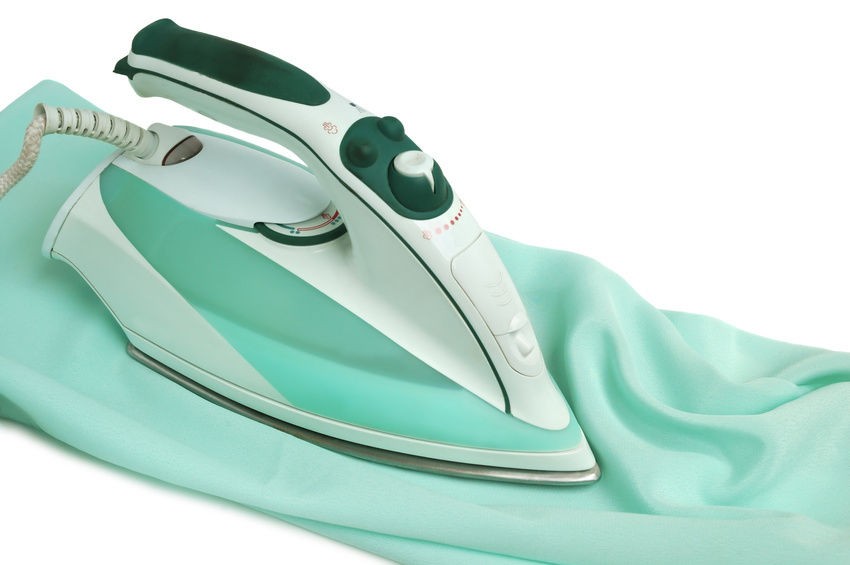
How to iron a complex cut silk dress or shirt:
- Hang the garment on the hangers.
- Cover the top with a thin, slightly damp cloth.
- Heat the appliance to the temperature indicated on the label. If there is no possibility to see the information, then set the mode to shel or 1 point on the iron.
- Slowly drive the steam at a distance of 4-7 cm from the dress in a vertical motion.
The same rules should be followed when working with chiffon and polyester.
Wool
A soft, natural material that is afraid of exposure to high temperatures. The following rules should be followed for safe ironing:
- The temperature for ironing wool 100-120 ° C.
- Turn inside out.
- Continuous ironing is better replaced by moving the iron from place to place. This method will avoid deformation of the fabric.
- Use additional dampening in the form of a cotton cloth.
Wool garments are very fussy and do not always tolerate ironing. Carefully study the recommendations on the labels. The ironing process is preferable to vertical steaming.
Viscose
To avoid ruining clothes made of this material, use the following tips:
- The temperature is a maximum of 120°C.
- It is forbidden to soak, otherwise it will leave streaks.
- Treat only from the underside.
- Application of damp gauze or cotton cloth.

Chintz
Lightweight, thin, air-permeable material. For effective ironing you need:
- Do not raise the temperature above 170°C.
- Iron from the front side of the product.
- Press the iron firmly.
- Extra moisturizing.
The right ironing temperature is the key to excellent ironing results.


